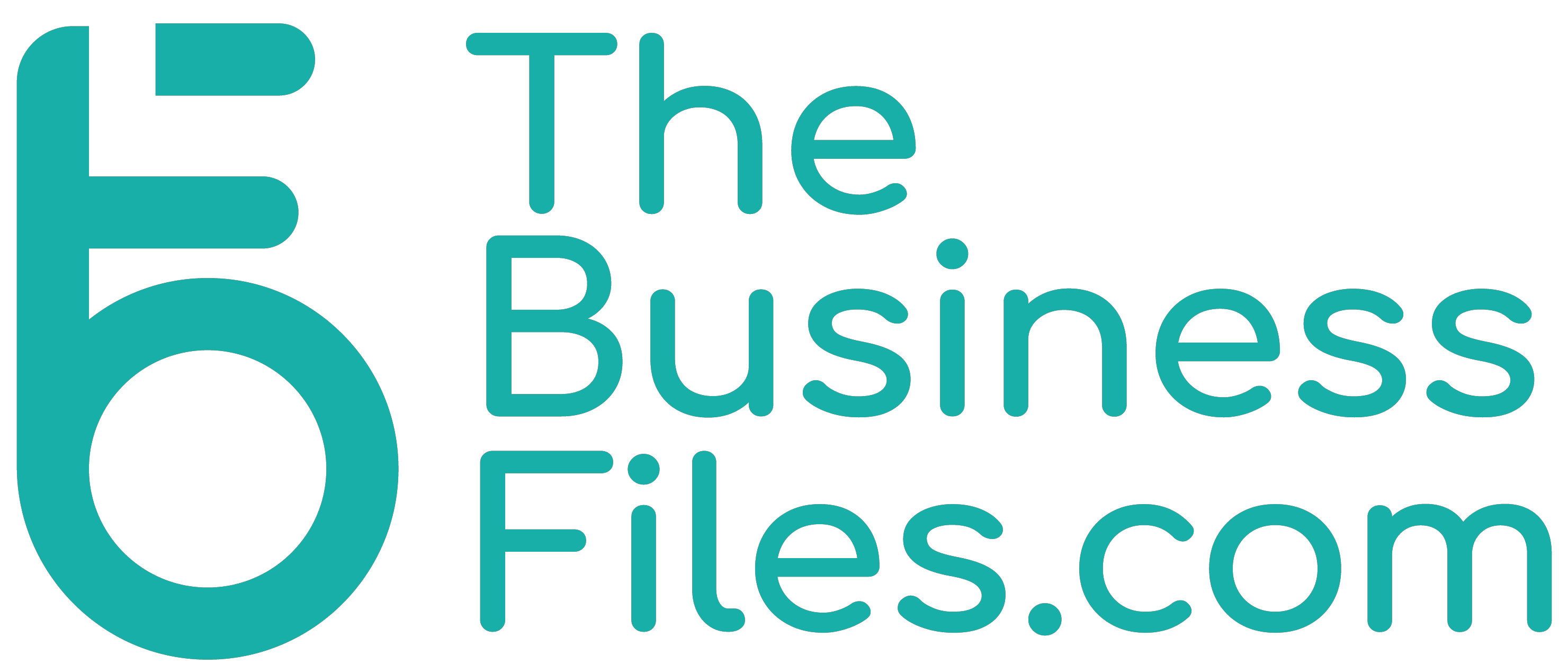South African lender Absa Group, opens new tab said on Monday its loan losses will likely remain above its target range in 2024, due to expected elevated first half credit impairments as consumers feel the burden of higher interest rates and inflation.
The top five private South African banks, including Absa – among the continent’s biggest – are generally known to have well-capitalised balance sheets and strictly conservative lending practices.
But inflationary pressures, high interest rates, regular power blackouts and logistical bottlenecks are taking a toll on these banks’ most sensitive retail and small business customers, leading to defaults.
South Africa’s prime lending rate of 11.75% at end-2023 was 125 basis points (bps) higher than a year earlier and 475 bps above the bottom of the interest rate cycle from mid-2020 to late 2021.
“Reflecting higher average policy rates, our credit loss ratio is likely to remain above our through-the-cycle target range of 75 to 100 basis points, but improve slightly year on year,” Chris Snyman, the bank’s interim financial director, told investors.
At 1221 GMT, Absa shares were down 3.62%.
The lender reported a 1% rise in headline earnings in 2023 at 20.9 billion rand ($1.12 billion), as a boost from pre-provision profit – income earned before subtracting funds set aside to provide for future bad debts – growth was offset by higher credit impairments.
Revenue climbed 8% to 104.5 billion rand.
Snyman added that the lender expects elevated first half credit impairments, with a credit loss ratio similar to the 2023 first half’s 127 bps, although the second half of 2024 is likely to improve to the top of its target range as interest rates start to come down.
A credit loss ratio is a measure of bad loans versus total loans.
Absa’s credit loss ratio jumped to 118 bps last year, up from 92 bps in 2022 as credit impairments rose by 13% to 15.5 billion rand ($829.9 million).


